JFE Group Prehistory
History
- Kawasaki Steel Corporation
-
Shozo Kawasaki established Kawasaki Tsukiji Shipyard in Tsukiji, Tokyo
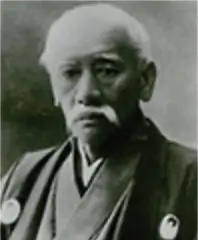
Kawasaki Dockyard Company, Ltd. established (later renamed Kawasaki Heavy Industries, Ltd.)
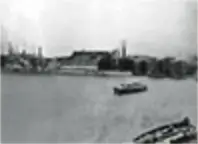
Fukiai Works established in Kobe, Hyogo Prefecture
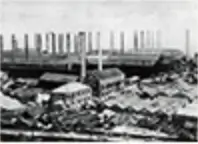
Chita Works established in Handa City, Aichi Prefecture
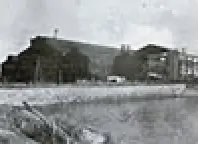
Steel division of Kawasaki Heavy Industries spun off as independent Kawasaki Steel Corporation (with Yataro Nishiyama as first president)
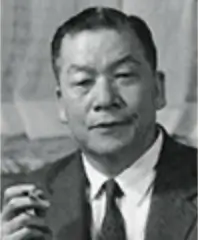
Chiba Works established as first modern integrated iron and steel works in postwar Japan
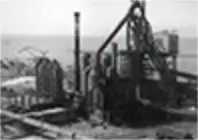
Mizushima Works established in Kurashiki City, Okayama Prefecture
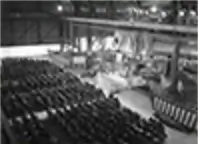
Landfill operations commenced at West Plant, Chiba Works

- Nippon Kokan K.K.
-
Nippon Kokan K.K. established (Motojiro Shiraishi first president)
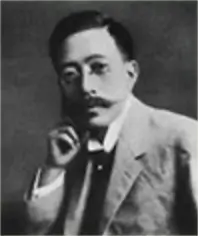
Yokohama Shipyard launched (later renamed Asano Shipyard Co., Ltd.)
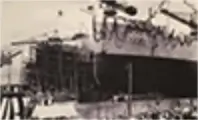
First blast furnace blown in and integrated steel production started
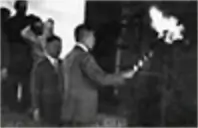
Tsurumi Steelmaking and Shipbuilding Company (formerly Asano Shipyard) acquired and absorbed
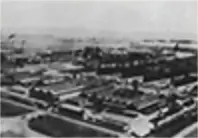
Fukuyama Works established
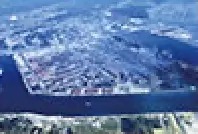
Keihin Steel Works established (consolidation of Kawasaki, Tsurumi, and Mizue works)

Tsu Shipyard inaugurated operations
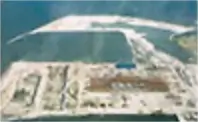
Construction of Ohgishima commenced at Keihin Steel Works
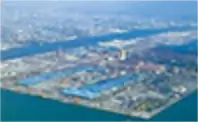
Consolidation Proposed
| Kawasaki Steel and NKK agreed to study cooperation in transportation, maintenance and procurement at their four domestic steelworks, aiming to enhance operational efficiencies by leveraging the geographical advantages of adjacent steelworks. | |
| It was decided that the ultimate goals of the alliance would to reduce costs, maximize competitive strengths and achieve long-term business growth in the age of global mega competition. As the two companies worked to expand cooperation in transportation, maintenance and procurement, they came to agree on ten points of cooperation in the three categories. |
Consolidation Objectives
|
It was decided that the two companies could consolidate to achieve the highest standards of global competitiveness by capitalizing on a strong customer base, advanced technologis and state-of-the-art steelworks and manufacturing plants, as well as by creating an innovative corporate culture with a challenging spirit. The main objectives would be to:
|
|
|
The two companies reached a basic agreement on their consolidation and unveiled their plan to form the JFE Group. |
|
|
Conclusion of Agreement The official agreement to consolidate Kawasaki Steel and NKK was concludede on May 9, 2002. |